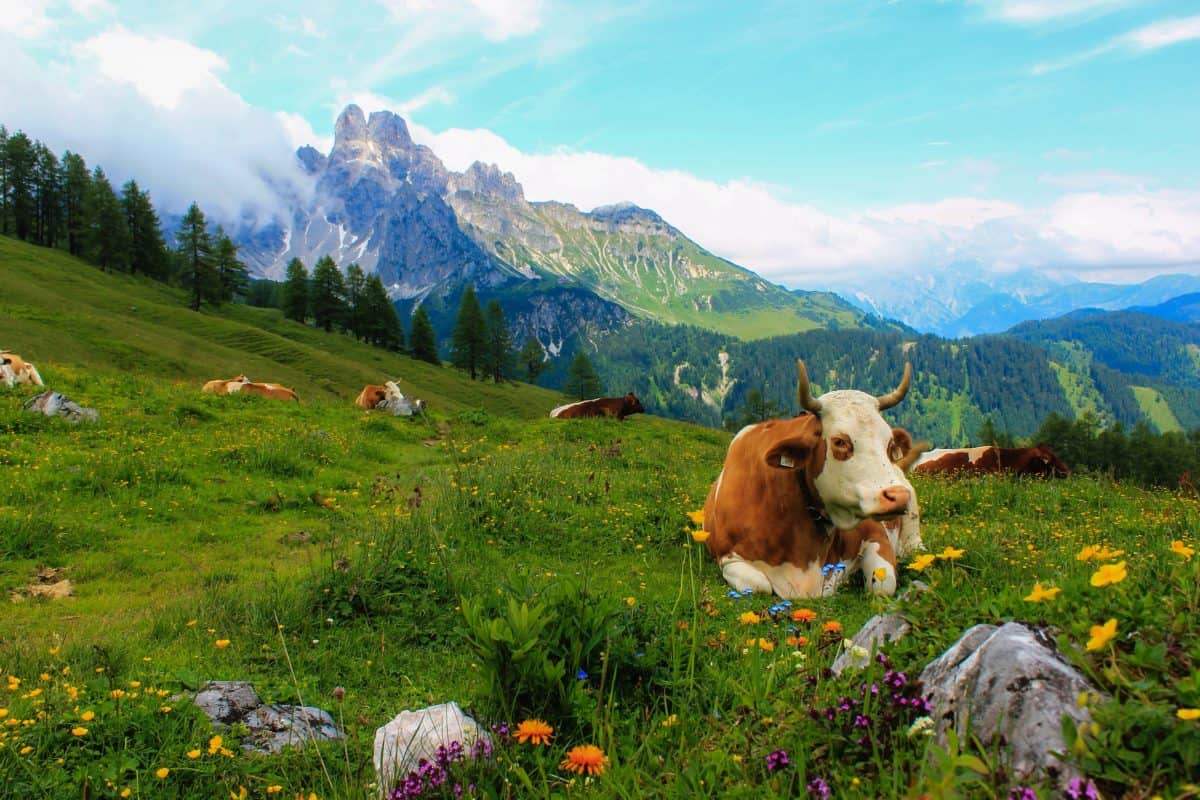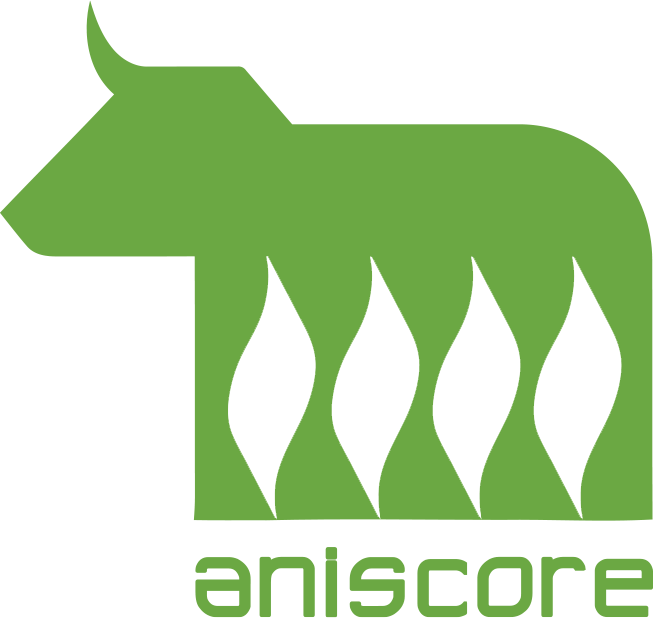
Creating the Ideal Environment for Raising Livestock: Key Features and Considerations
Introduction:
Creating a suitable environment for raising livestock is essential for ensuring the health, well-being, and productivity of animals while promoting sustainable and ethical farming practices. From adequate shelter and access to clean water to appropriate nutrition and disease prevention measures, the features of a livestock environment play a crucial role in maximizing animal welfare and farm profitability. In this blog, we’ll explore the key features that contribute to an ideal environment for raising livestock and the considerations for implementing them effectively.
1. Shelter and Housing:
Providing appropriate shelter and housing is fundamental to creating a conducive environment for livestock. Shelter protects animals from adverse weather conditions such as extreme heat, cold, wind, and precipitation, ensuring their comfort and well-being year-round. The design and layout of shelters should consider the specific needs and behaviors of different livestock species, providing sufficient space, ventilation, and bedding to promote natural behaviors and minimize stress.
For example, dairy cows require sheltered areas with comfortable resting surfaces to encourage lying behavior, while poultry benefit from well-ventilated housing with access to natural light and perches for roosting. Additionally, housing should be designed to facilitate easy cleaning and sanitation, reducing the risk of disease transmission and maintaining optimal hygiene levels for animals.
2. Adequate Nutrition:
Adequate nutrition is paramount for the health, growth, and productivity of livestock. Access to a balanced diet that meets the nutritional requirements of animals is essential for ensuring optimal performance and preventing nutritional deficiencies or imbalances. Livestock should have access to clean, fresh water at all times, as dehydration can lead to reduced feed intake, poor health, and decreased productivity.
Furthermore, grazing and foraging opportunities should be provided for ruminant animals such as cattle, sheep, and goats, allowing them to express their natural grazing behaviors and obtain essential nutrients from pasture or forage. For non-ruminant species like pigs and poultry, formulated diets based on grains, protein sources, vitamins, and minerals should be provided to meet their specific dietary needs.
3. Disease Prevention and Veterinary Care:
Preventing and managing diseases is critical for maintaining the health and well-being of livestock and minimizing economic losses for farmers. Implementing effective biosecurity measures, such as controlling animal movements, limiting exposure to disease vectors, and maintaining strict hygiene protocols, can help prevent the introduction and spread of infectious diseases within livestock populations.
Additionally, routine veterinary care and monitoring are essential for detecting and addressing health issues promptly, including vaccination programs, parasite control, and disease surveillance. Farmers should work closely with veterinarians to develop tailored health management plans based on the specific needs and risks of their livestock operation, ensuring proactive measures are in place to safeguard animal health and welfare.
4. Ample Space and Exercise:
Providing livestock with ample space and opportunities for exercise is crucial for promoting physical and mental well-being. Overcrowding can lead to increased stress, aggression, and injuries among animals, as well as compromised hygiene and sanitation conditions. Livestock should have sufficient space to move, stretch, and engage in natural behaviors such as grazing, nesting, and socializing.
For example, outdoor access and pasture rotation systems can benefit grazing animals like cattle, sheep, and goats, allowing them to graze freely and explore their surroundings while promoting soil health and biodiversity. Enrichment activities, such as providing toys, scratching posts, and environmental stimuli, can also help alleviate boredom and stress in confined housing systems for pigs and poultry.
5. Environmental Enrichment:
Enriching the livestock environment with natural stimuli and environmental features can enhance animal welfare and behavioral expression. This includes providing access to outdoor environments, natural light, and environmental stimuli such as vegetation, substrate, and shelter structures that mimic natural habitats.
For example, rotational grazing systems and diversified pasture mixes can provide cattle with access to a variety of forage species, encouraging natural grazing behaviors and promoting soil health. Similarly, providing poultry with access to outdoor ranging areas and perches can enhance their welfare and allow them to engage in natural behaviors such as dust bathing and foraging.
Conclusion:
Creating a suitable environment for raising livestock requires careful consideration of various factors, including shelter and housing, adequate nutrition, disease prevention and veterinary care, space and exercise, and environmental enrichment. By prioritizing animal welfare, health, and behavioral needs, farmers can create environments that promote the well-being and productivity of livestock while adhering to sustainable and ethical farming practices.
Moreover, implementing best management practices and working closely with veterinarians, nutritionists, and other experts can help ensure that livestock environments are optimized for the specific needs and requirements of different species and production systems. Ultimately, by investing in the creation of suitable environments for raising livestock, farmers can enhance animal welfare, improve farm profitability, and contribute to the sustainability of the livestock industry as a whole.

